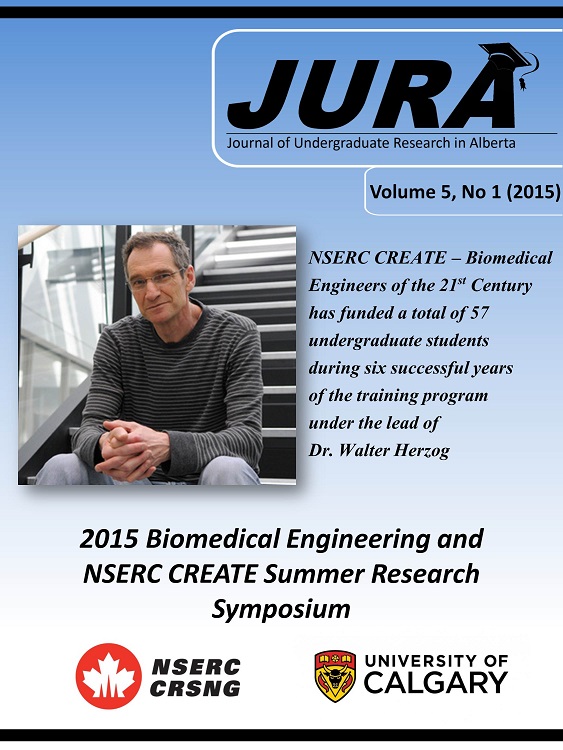RELATING QUANTUM DOT ASSOCIATION WITH HUMAN ENDOTHELIAL CELLS WITH THEIR CYTOTOXIC EFFECTS
Keywords:
Quantum dots, Cellular nanoparticle association, ToxicityAbstract
INTRODUCTION
Advances in the field of nanotechnology have enabled researchers to pursue biomedical applications of nanoparticles. Quantum dots are commonly used fluorescent probes because they are brighter and less prone to photobleaching than other fluorophores [1]. However, despite the advantages, potential for toxicity must be acknowledged. Quantum dots are commonly made with toxic metal elements, which can cause oxidative stress [2]. Cadmium ions have been shown to disrupt mitochondria activity, leading to cell death [2].
Quantum dots have been shown to attach to the cell membrane as well as be internalized through endocytic mechanisms [3]. In this study, we aim to quantify quantum dot association and compare results from cytotoxicity assays for identical conditions, relating cellular association with cytotoxicity.
METHODS
Human Umbilical Vein Endothelial Cells (HUVECs) and Human Micro-vascular Endothelial Cells (HMVECs) were cultured in static conditions in 8-well chamber slides then exposed to amino-PEG quantum dots at a concentration of 0.2nM to 200nM. After exposure for 24 hours, the cells were washed, fixed, and stained. Z-stacks were obtained using an Olympus Fluoview FV1000 confocal microscope. Images were analyzed using ImageJ software to quantify mean fluorescence intensity within the defined region of interest, selected from the boundaries of stained cell membranes. Statistical analysis using one-way Analysis of Variance (ANOVA) and post-hoc Tukey HSD test was performed. Finally, Vialight assay was used to test cell viability after exposure to quantum dots under the same experimental conditions used for association experiments.
RESULTS
Exposure to different concentrations of quantum dots results in significant changes in the observed fluorescence intensity per area. Non-linear dependence of cellular association of quantum dots on exposure concentration was observed. A representative example of mean fluorescence intensity of quantum dots associated with HUVECs is shown in Figure 1.
A significant decrease in the viability of HUVECs was observed on exposure to quantum dots (30-50% cell viability relative to 100% for non-exposed cells). However, no significant difference in cell viability was observed between 0.2nM to 200nM concentrations.
DISCUSSION AND CONCLUSIONS
Nanoparticle association studies play a vital role in predicting cell viability in nanoparticle cytotoxicity studies. The non-linear trend observed suggests that for the range of concentrations examined, cellular association does not increase linearly with exposure concentration, and that cytotoxicity can be related to association, rather than just to exposure concentration. This experiment provides an approach to advance future studies relating cellular association to cytotoxicity.
Downloads
References
Derfus et al. Nano Lett. 5:11-18,2004
Zhang et al. Toxicol Sci 110:138-155, 2009
Downloads
Published
Issue
Section
License
Authors retain all rights to their research work. Articles may be submitted to and accepted in other journals subsequent to publishing in JURA. Our only condition is that articles cannot be used in another undergraduate journal. Authors must be aware, however, that professional journals may refuse articles submitted or accepted elsewhere—JURA included.


